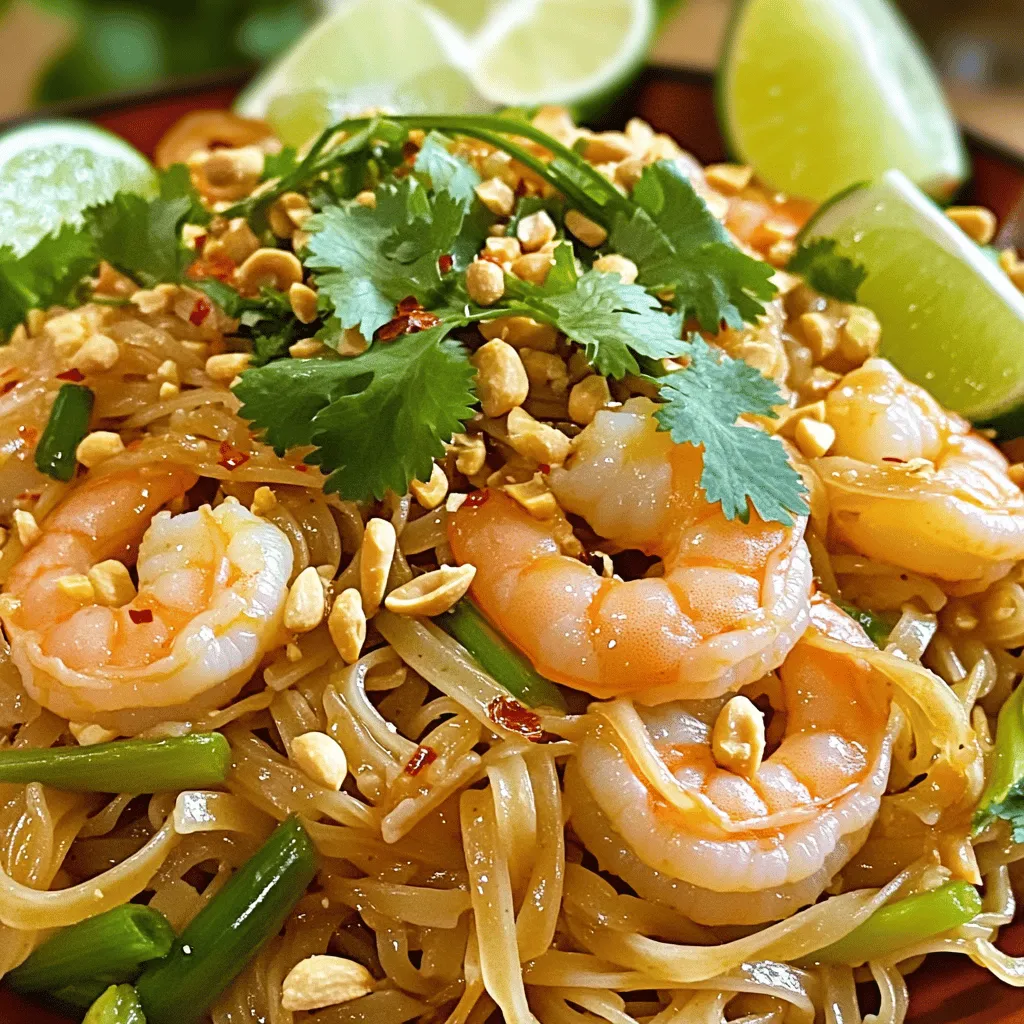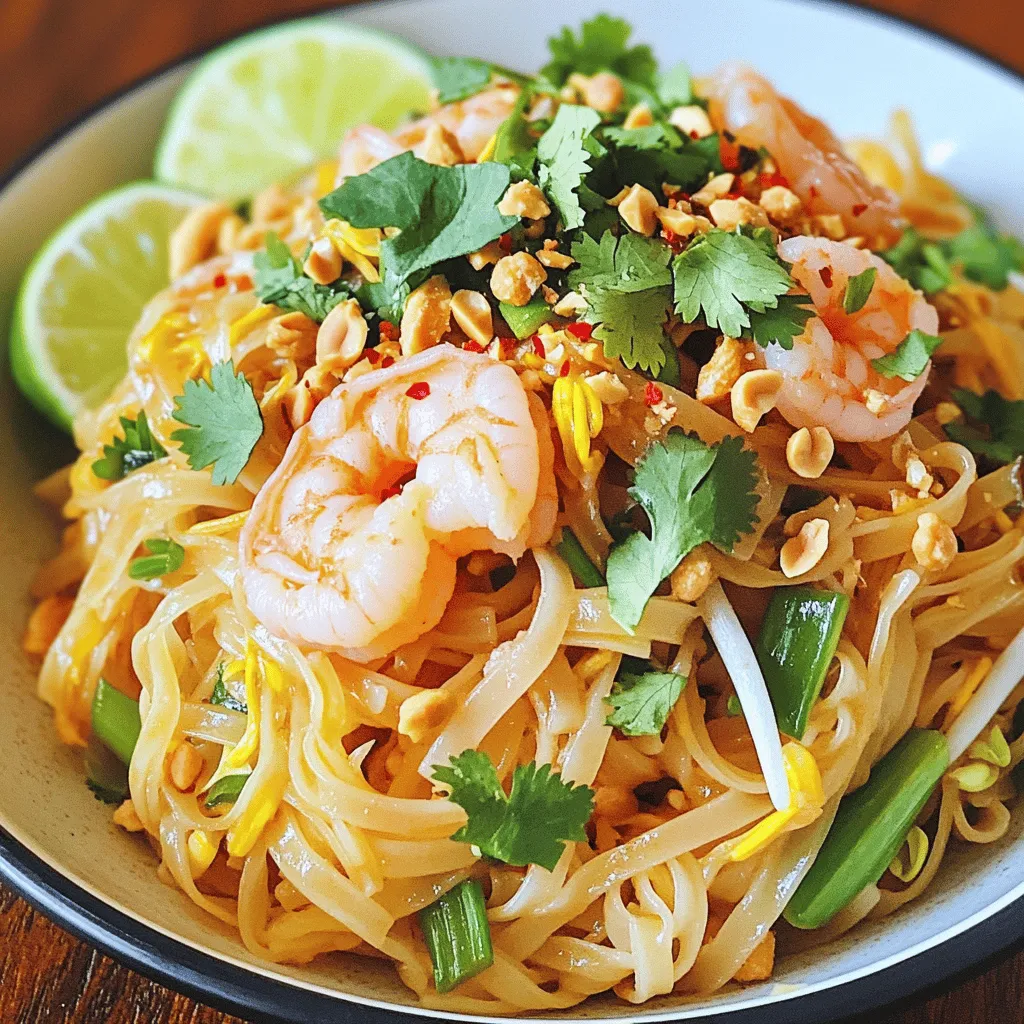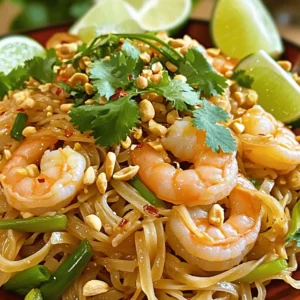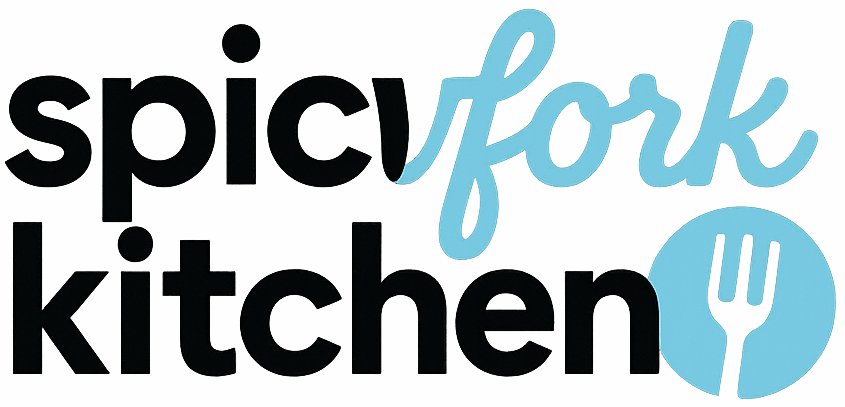Are you craving something quick and delicious? You’re in the right place! This Easy Pad Thai with Shrimp is a flavorful and simple meal that you can whip up in no time. Loaded with fresh veggies, succulent shrimp, and tasty sauces, this dish is sure to impress. Follow me as I guide you through each step, from gathering ingredients to enjoying the perfect bowl. Let’s get started!

Ingredients
Main Ingredients Needed for Easy Pad Thai with Shrimp
To make Easy Pad Thai with shrimp, you need some key ingredients:
– 8 ounces rice noodles
– 1 tablespoon vegetable oil
– 1 pound shrimp, peeled and deveined
– 2 cloves garlic, minced
– 2 eggs, lightly beaten
– 1 cup bean sprouts
– 3 green onions, sliced
– 1/4 cup roasted peanuts, chopped
– 3 tablespoons tamarind paste
– 3 tablespoons fish sauce
– 2 tablespoons sugar
– 1 lime, cut into wedges
– Fresh cilantro, for garnish
– Red pepper flakes, optional
These ingredients give Pad Thai its famous taste. The rice noodles are soft and chewy. The shrimp adds a sweet and salty flavor. Garlic gives it a nice kick, while the eggs make it rich and filling. The bean sprouts and green onions add crunch and freshness.
Optional Ingredients for Customization
You can change up your Pad Thai to match your taste:
– Additional proteins like chicken or tofu
– Substitutions for shrimp, such as scallops or veggies
– Garnishes like sesame seeds or lime zest
Customizing your dish makes it more personal. You can mix and match to suit your family’s likes.
Nutritional Information
Each serving of Easy Pad Thai with shrimp has around 400 calories. Here’s a quick look at the macronutrients:
– Protein: 25 grams
– Carbohydrates: 55 grams
– Fat: 15 grams
This dish is not only tasty, but it also has health benefits. Shrimp is high in protein and low in fat. The vegetables provide vitamins and minerals. Eating Pad Thai can be a balanced part of your meal plan.
Step-by-Step Instructions
Preparing the Noodles
To start, soak the rice noodles in hot water. This takes about 20 minutes. Make sure they soften but do not over-soak. Drain the noodles well when ready. For perfect texture, aim for a bit of firmness. They will cook more when you add them to the pan later.
Cooking the Shrimp and Eggs
Next, heat the vegetable oil in a skillet over medium-high heat. When it’s hot, add the shrimp and minced garlic. Cook for about 2-3 minutes. You’ll know the shrimp is done when it turns pink and opaque. Remove the shrimp from the skillet and set them aside. In the same skillet, pour in the beaten eggs. Scramble them until fully cooked. Then, mix the eggs back with the shrimp.
Combining and Finishing the Dish
Now, it’s time to bring everything together. Add the soaked noodles to the skillet. In a small bowl, mix the tamarind paste, fish sauce, and sugar. Pour this sauce over the noodles. Toss everything together well until combined. For the final touch, add bean sprouts and sliced green onions. Toss for another 2 minutes until warmed. Serve your Pad Thai on plates, topping with chopped peanuts and fresh cilantro. Don’t forget the lime wedges for that zesty finish!
Tips & Tricks
Common Mistakes to Avoid
– Overcooking shrimp: This can make shrimp tough. Cook them just until they turn pink and opaque.
– Incorrect noodle preparation: Soak rice noodles until they are soft, but not mushy. Drain them well before use.
Cooking Tools and Equipment
– Best skillet or wok to use: A large skillet or a wok works best. These allow for even cooking and easy tossing.
– Recommended utensils for easy cooking: Use a wooden spoon or spatula. These tools help mix the ingredients without sticking.
Serving Suggestions
– Pairing side dishes: Serve with a light salad or spring rolls. These complement the flavors of Pad Thai.
– Best beverages to complement the meal: A cold Thai iced tea or a light beer pairs well. They balance the meal’s bold flavors.

Variations
Vegetarian or Vegan Options
For a vegetarian or vegan Pad Thai, swap the shrimp with tofu or tempeh. Both add protein and absorb flavors well. You can also skip the eggs or replace them with scrambled tofu. For the sauce, use soy sauce or a vegan fish sauce. Check labels to ensure they fit your diet.
Flavor Enhancements
Want to spice things up? Add chili paste or red pepper flakes for heat. You can also toss in more veggies like bell peppers, carrots, or snap peas. These add color and crunch. Fresh herbs like basil or mint can boost the flavor too.
Regional Variations
In Thailand, Pad Thai often has a sweeter sauce and more peanuts. Some places add lime juice for tanginess. In Western versions, chefs may use chicken or beef. They might even include cheese! These twists make the dish unique but still delicious.
Storage Info
Storing Leftovers
After you enjoy your Easy Pad Thai with Shrimp, store any extras in the fridge. Use an airtight container to keep it fresh. This dish stays good for about 3 to 4 days. If you want to enjoy it later, proper storage is key.
Freezing Guidelines
You can freeze Pad Thai, but it’s best to separate the components. Freeze the noodles and shrimp in one bag. Keep the sauce and veggies in another. This way, they stay fresh longer. When you want to eat them, thaw everything in the fridge overnight.
Tips for Reviving Leftovers
To bring back the great taste, reheat the Pad Thai in a skillet. Add a splash of water or broth to help it steam, keeping it moist. If you have more veggies, throw them in while heating. You can also use leftover Pad Thai as a filling for spring rolls or a topping for a salad. Enjoy new meals without waste!
FAQs
How do I make Pad Thai taste authentic?
To make Pad Thai taste authentic, focus on key ingredients. Use rice noodles, tamarind paste, and fish sauce. These add real depth to the dish. Cooking techniques matter too. Stir-fry quickly over high heat. This keeps the noodles tender and the shrimp juicy.
Can I use other noodles for Pad Thai?
Yes, you can use other noodles if needed. Options include egg noodles or even zucchini noodles. However, keep in mind their texture and flavor. Rice noodles provide a chewy base that holds sauce well, while egg noodles are richer and softer.
Is Pad Thai gluten-free?
Pad Thai can be gluten-free. Use rice noodles and gluten-free fish sauce. Check the labels on sauces for hidden gluten. If you worry about cross-contamination, clean all cooking surfaces and utensils thoroughly before making your dish.
What can I serve with Pad Thai?
Pair Pad Thai with fresh spring rolls for a light side. You can also serve it with a simple cucumber salad. For dessert, try mango sticky rice. This sweet treat balances the savory Pad Thai perfectly.
You learned about making Easy Pad Thai with Shrimp. We covered key ingredients, cooking steps, and tips to avoid mistakes. You can customize it with different proteins or veggies. Remember the storage tips to enjoy leftovers later. Pad Thai is versatile and can suit many diets. Whether you stick to the traditional recipe or try variations, the goal is delicious food. Dive into this tasty dish and impress your friends and family!

